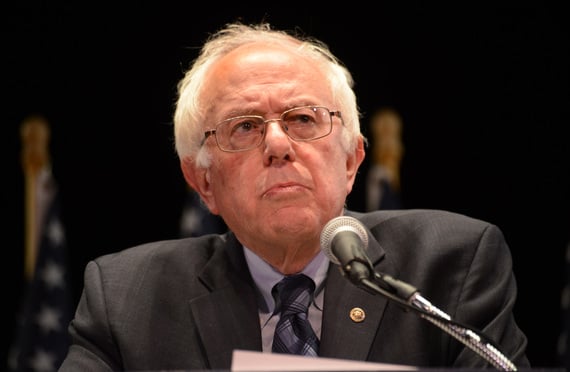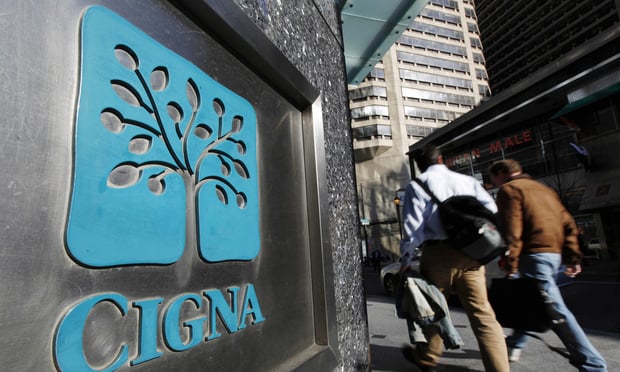 The median costper prescription for Lipitor increased from $116 in January 2012 to$274 in December 2017; Lyrica's median cost during the same periodrose from $174 to $411. (Photo: Shutterstock)
The median costper prescription for Lipitor increased from $116 in January 2012 to$274 in December 2017; Lyrica's median cost during the same periodrose from $174 to $411. (Photo: Shutterstock)
It's not your imagination—the cost of prescription medication isincreasing. In fact, the increases are so great that prices havedoubled for some medications within just the past six to eightyears.
|That's according to a study published in JAMA Network Open, from the Journal of theAmerican Medical Association, which finds that between January of2012 and December of 2017, prices for 48 out of 49 of the mostcommon brand-name prescription drugs rose. In fact, according tothe study, “78 percent of the drugs that have been available since2012 have seen an increase in insurer and out-of-pocket costs bymore than 50 percent, and 44 percent have more than doubled inprice.”
|Related: Will PBMs be held to account for their role in drugprice hikes?
|MarketWatch reports that the median price increases hit 76percent over the six years, and some drugs didn't just have oneprice increase per year but two. And according to the study byScripps Research Translational Institute researchers, there's noimprovement in sight; they wrote, “Greater price transparency is warranted.”
|The researchers studied drugs with more than $500 million inU.S. sales or $1 billion globally, more than 100,000 pharmacyclaims during those six years, that had available net price data.They found that more than a third of the drugs they studied–17 ofthe 49–more than doubled in costs.
|Among them were smoking-cessation drug Chantix; the statinLipitor; nerve pain and seizure drug Lyrica; the insulin Novolog;autoimmune drug Humira; osteoporosis injection Forteo; anderectile-dysfunction drug Viagra. As an example of price increases,while the median cost per prescription for Lipitor increased from$116 in January 2012 to $274 in December 2017, Lyrica's median costduring the same period rose from $174 to $411.
|Marisa Sharkey, a spokeswoman for Novo Nordisk, maker ofNovolog, told MarketWatch that while “80 percent of people innon-high deductible commercial health plans pay $50 or less permonth for a prescription of one of our insulin analogs, theout-of-pocket amount people with insurance pay for our medicines isdue, in large part, to benefit design,” researchers found thatrebates don't necessarily help consumers keep up with the cost oftheir medications.
|In fact, they found “a high correlation between costs and netprices,… suggesting that the idea that 'higher list prices andgreater reliance on rebates reduce costs' could be untrue.” Inaddition, they found that competition did little to nothing to keepcosts down, instead concluding that “competing drugs actually hadsome of the biggest industry price increases over the six-yearstudy period.”
|Quartz reported that not only is there fear that theextent of the increases could price patients out of the market fordrugs they rely on—already being reported among diabetics who arerationing insulin because of the expense—even cheaper drugs, likeSynthroid, which has competition from generics and thus is pricedin the tens of dollars instead of the hundreds, are increasing inprice at equally unsustainable rates; Synthroid has gone up 75percent for the most commonly prescribed dose over the six years inthe study.
|The authors of the study estimate that drug spending willincrease between 2 and 5 percent over the next five years, but addthat that's a conservative estimate. The number of adults over 65—agrowing demographic that takes about a third of all prescriptiondrugs—is going to outnumber the under-18 demographic by 2035 andcould have a significant impact on spending.
|Read more:
Complete your profile to continue reading and get FREE access to BenefitsPRO, part of your ALM digital membership.
Your access to unlimited BenefitsPRO content isn’t changing.
Once you are an ALM digital member, you’ll receive:
- Critical BenefitsPRO information including cutting edge post-reform success strategies, access to educational webcasts and videos, resources from industry leaders, and informative Newsletters.
- Exclusive discounts on ALM, BenefitsPRO magazine and BenefitsPRO.com events
- Access to other award-winning ALM websites including ThinkAdvisor.com and Law.com
Already have an account? Sign In
© 2024 ALM Global, LLC, All Rights Reserved. Request academic re-use from www.copyright.com. All other uses, submit a request to [email protected]. For more information visit Asset & Logo Licensing.








